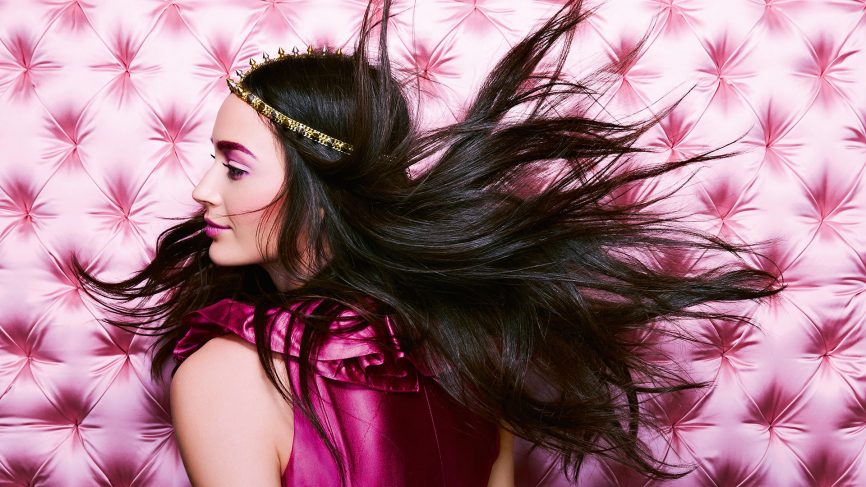
Know that instant panic attack when you casually run a brush through your hair and instead of a magnificent slow-mo hair flip, all you’re left with is 20(0000) errant strands of hair? With the uncharted levels of pollution and synthetic products that our hair is exposed to, hair fall can seem like an inescapable foe. But instead of living in perennial fear that you’ll wake up bald one morning, join us in finding a productive outlet for your worries. We roped in Mumbai-based dermatologist Dr Madhuri Agarwal to answer the tough questions about hair fall, from the salon treatments that are slyly frying your hair to the foods you need to stock up on to keep your strands where they are meant to be. Here’s what we found out.
Who do I blame for my incessant hair fall?
“Please know that the causes of hair fall are multiple and varied. It can be hereditary, wherein you inherit the tendency from your parents to lose hair early. Then there are hormonal changes, both in women and men, that lead to escalated hair fall. Age-related thinning and slowing down of hair growth is also common. The other contributing factors are erratic lifestyle patterns, environmental damage, continuous physical and mental stress and frequent styling treatments.”
Are there any hair products that I need to go easy on?
“The fallout of experimenting with too many hair products and treatments can be seen in the strands on your pillow. Hair sprays and products with excessive fragrance can increase the dryness and weaken the hair after use. Shampoos with excessive sulphates and volumising properties also increase the breakage of hair. Read the label on hair products before purchase, and steer clear of alcohol ingredients such as isopropyl alcohol, propanol and propyl alcohol. Your daily appointment with heat rollers and hair irons at home is also making your hair brittle.”
What haircare regimen should I follow to control hair fall?
“Use a shampoo, at least three times a week, for all hair types—preferably a sulphate-free shampoo, and add a conditioner to the routine. For extremely dry, brittle hair, opt for deep conditioning at least twice a week to soften the ends. Regular shampooing will ensure a clean, healthy scalp and prevent dandruff build-up. Avoid oiling the hair in case the scalp is greasy, but opt for coconut oil massages if it becomes dry and flaky.”
What foods should I eat to control hair fall?
“Your plate needs to include protein-rich foods such as pulses, legumes, sprouts, beans, cottage cheese, egg whites and chicken; veggies rich in zinc and micronutrients such as spinach and lettuce, fish, almonds, walnuts and salads are recommended. However, it is necessary to stick to this diet on a consistent basis to see the results.”
Which beauty treatments should I go easy on?
“Quitting hair treatments altogether can seem like a tall task, so start out small by picking and choosing wisely. For grey hair coverage, hair colour jobs are unavoidable, but stay away from strong, ammonia-based dyes and light, blonde pigments. Avoid frequent cysteine, keratin or straightening treatments as far as possible as they tend to damage the hair. Needless to say, avoid ironing or blow-drying hair daily. If you absolutely must, opt for a cold blow-dry. Perming and going in for frequent highlights can also take a toll on the longevity of your hair.”
What are some safe hair loss treatments I can opt for?
“Before starting a hair loss treatment, a detailed consultation with your dermatologist to understand the cause of hair fall is advisable. You can opt for cyclical nutrition therapy specially designed for this condition to initiate your hair loss treatment. Mesotherapy for hair fall and laser treatment (that requires six to seven sessions) can be safely chosen every week. Platelet-rich plasma therapy is another popular hair fall solution that works in a single session in most cases, and stimulates new hair growth by using your own blood growth factors. All these treatments can be done safely with no elaborate care after procedure and no downtime.”
What’s the best way to disguise a receding hairline?
“Rule of thumb: Change the partition of your hairstyle for a temporary fix. The other solution available is hair powder that consists of fibres that mimic hair and can be dusted on the receding areas. Once the powder is dusted on the concerned area, it stays till it is washed off.”
What’s the best way to treat a bald patch?
“If it’s a small patch–also known as alopecia areata—it is likely stress-induced and a qualified dermatologist can provide steroid injections in the patch to trigger new growth. For widespread balding, due to genetic or hormonal causes, a hair transplant is recommended. This will help cover the bald patch within five to seven months and provides a long-term hair fall solution.”
Looking for best shampoos for hair fall? Try one from our edit:
Haven’t been able to pick a concealer that matches your skin tone? Has your face been breaking out even when you don’t overload your skin with different products? We’re going back to basics with ‘Beauty 101’, our series that’ll be your complete guide to everything beauty. Make sure you don’t miss a single story.


